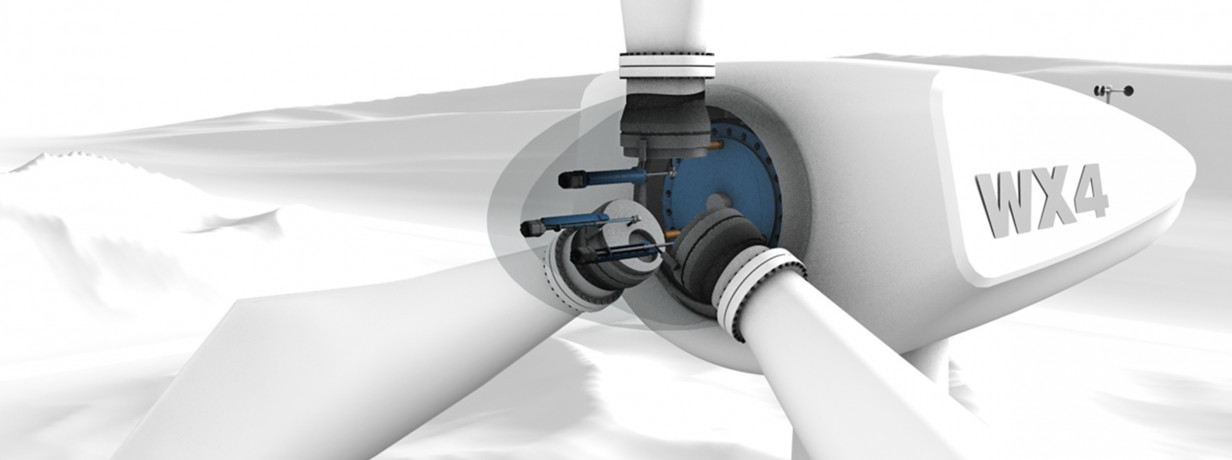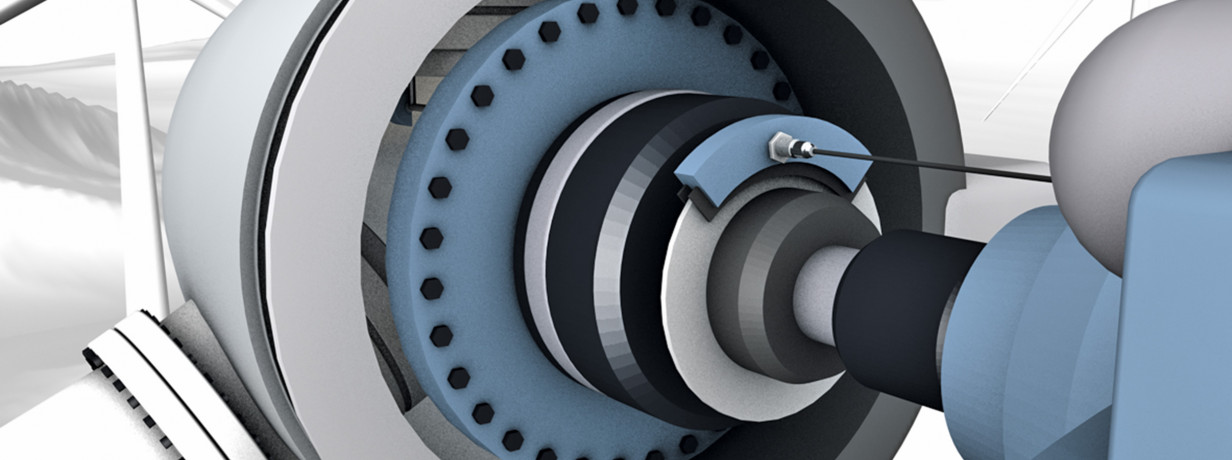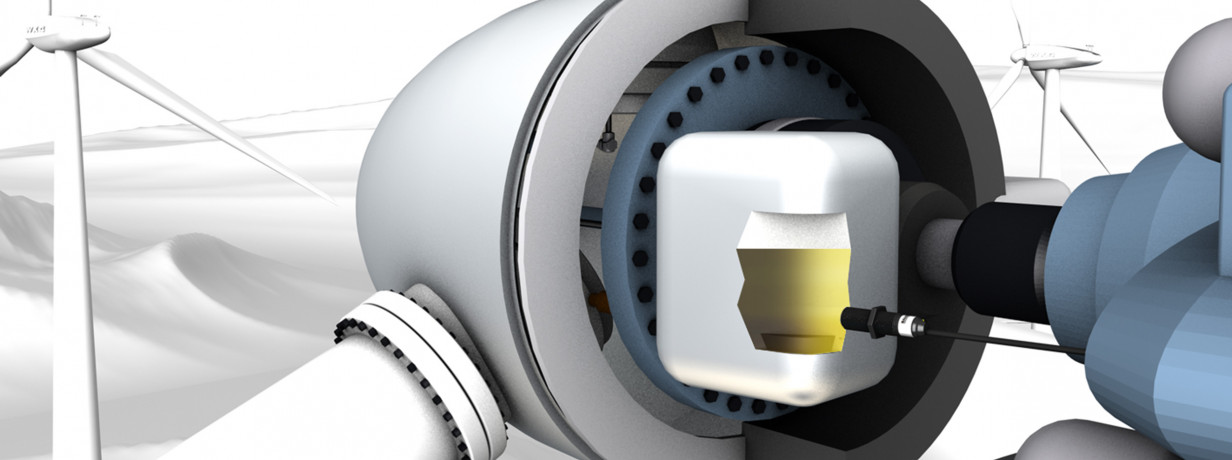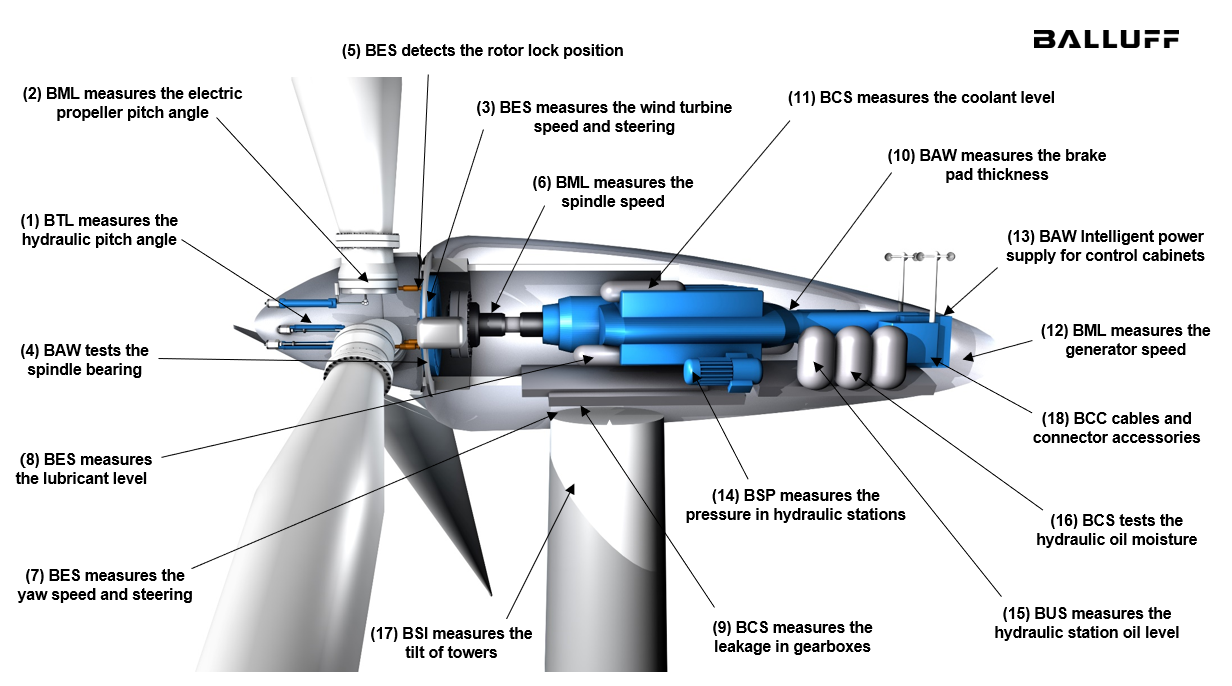Introduction
This blog discusses the various innovative solutions and technologies in the wind power industry, with a focus on sensor technology. The use of sensors plays a crucial role in optimizing the performance and safety of wind turbines, and companies like Balluff are at the forefront of developing cutting-edge sensor solutions.
The Evolving Landscape of Wind Power
In recent years, the wind power industry has witnessed remarkable growth driven by the escalating demand for clean and renewable energy sources. The Global Wind Energy Council (GWEC) reported that the global wind power capacity reached an impressive 837 GW by the end of 2022. This growth trend is anticipated to continue as countries worldwide commit to reducing carbon emissions and transitioning to sustainable energy solutions.
As a major player in the global energy market, the wind power industry has deployed wind turbines across diverse onshore and offshore locations. Although onshore wind power has historically dominated, the offshore sector is gaining momentum due to technological advancements and favorable governmental policies.
Wind turbine technology has undergone significant evolution, leading to enhanced efficiency and performance. The widely used horizontal-axis wind turbine (HAWT) features a rotor with three blades rotating around a horizontal axis. With rotor diameters surpassing 100 meters and capacities of several megawatts, these turbines have become larger and more potent.
The Crucial Role of Blade Pitch Technology
An essential aspect of wind turbine operation is blade pitch technology, which enables blade angle adjustment to optimize power generation. This technology comprises sensors, actuators, and control algorithms that continuously monitor wind conditions, facilitating real-time blade pitch adjustments.
Key Sensors in Wind Turbines
To ensure optimal wind turbine performance and safety, various sensors play pivotal roles in monitoring and controlling critical parameters. These sensors provide valuable data for informed decision-making, preventing potential failures. Let's delve into the primary sensors used in wind turbine technology and their functions:
-
Wind Speed Sensors: Positioned atop the nacelle, wind speed sensors accurately measure wind speed. This data is crucial for adjusting blade pitch to optimize power generation.
-
Wind Direction Sensors: Mounted on the nacelle or tower, wind direction sensors determine wind direction. The control system uses this information to position the blades at the optimal angle for maximum energy capture.
-
Blade Pitch Sensors: These sensors, installed on each blade, measure the blade's angle of attack. The control system uses this information to adjust blade pitch, optimizing power generation based on real-time feedback.
-
Displacement Sensors: Displacement sensors monitor the position and movement of various wind turbine components, ensuring precise control and adjustment. They contribute to safe operation and performance optimization.
- Rotor blade pitch control

-
Proximity Sensors: These sensors detect object presence or absence around the turbine, particularly in the pitch control system. They ensure proper blade alignment, preventing damage and enhancing efficiency.
-
Inductive sensors to detect zimuth adjustment and monitor brakes

-
Capacitive Sensors: Used for monitoring oil levels, capacitive sensors ensure optimal fill levels in cooling, drive, and hydraulic systems. They detect fill levels through container walls, helping prevent oil loss and ensuring system reliability.
- Capacitive senensors to monitor oil levels

Balluff's Innovative Contributions
Balluff, a leading sensor solutions provider, offers an array of products tailored to the wind power industry's unique needs. Their magnetostrictive linear position sensors enable precise rotor blade angle adjustments, maximizing power generation and system reliability. Inductive and capacitive sensors from Balluff are essential for monitoring components like brakes and oil levels, further enhancing wind turbine efficiency.

Conclusion:
Paving the Way for a Cleaner Energy Future
With the wind power sector's rapid expansion, the demand for advanced sensor technology and innovative solutions is poised to grow. Companies like Balluff, pioneering sensor advancements, are crucial in optimizing wind turbine performance and contributing to a cleaner, more sustainable energy landscape. As we move toward a greener future, sensor technology will continue to drive progress in renewable energy.
Reference:
Global Wind Energy Council (GWEC) - https://gwec.net/
Application examples and solutions -
https://www.balluff.com/en-sg/application-examples-and-solutions?pre-selected=38
Energy production -
























